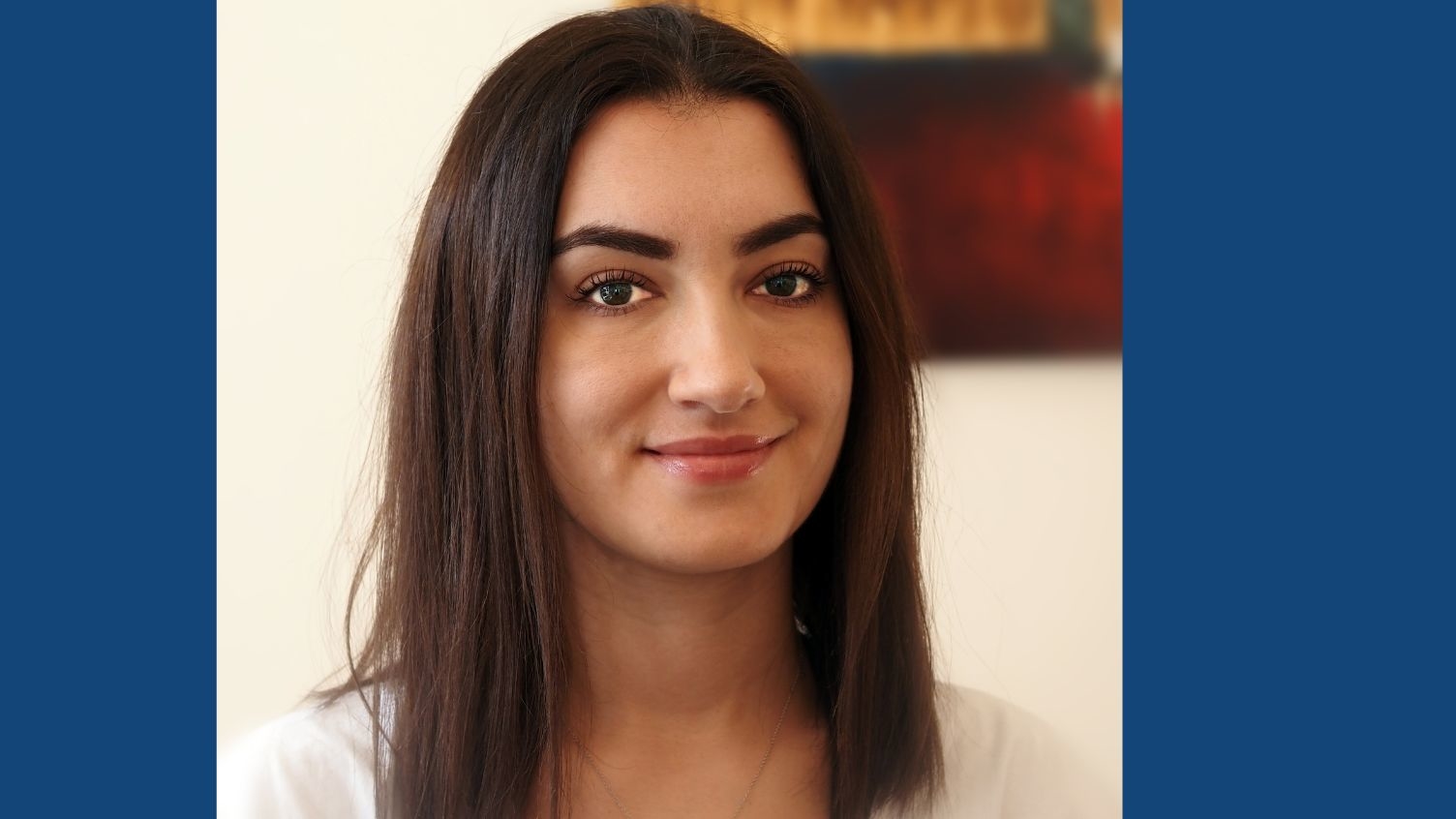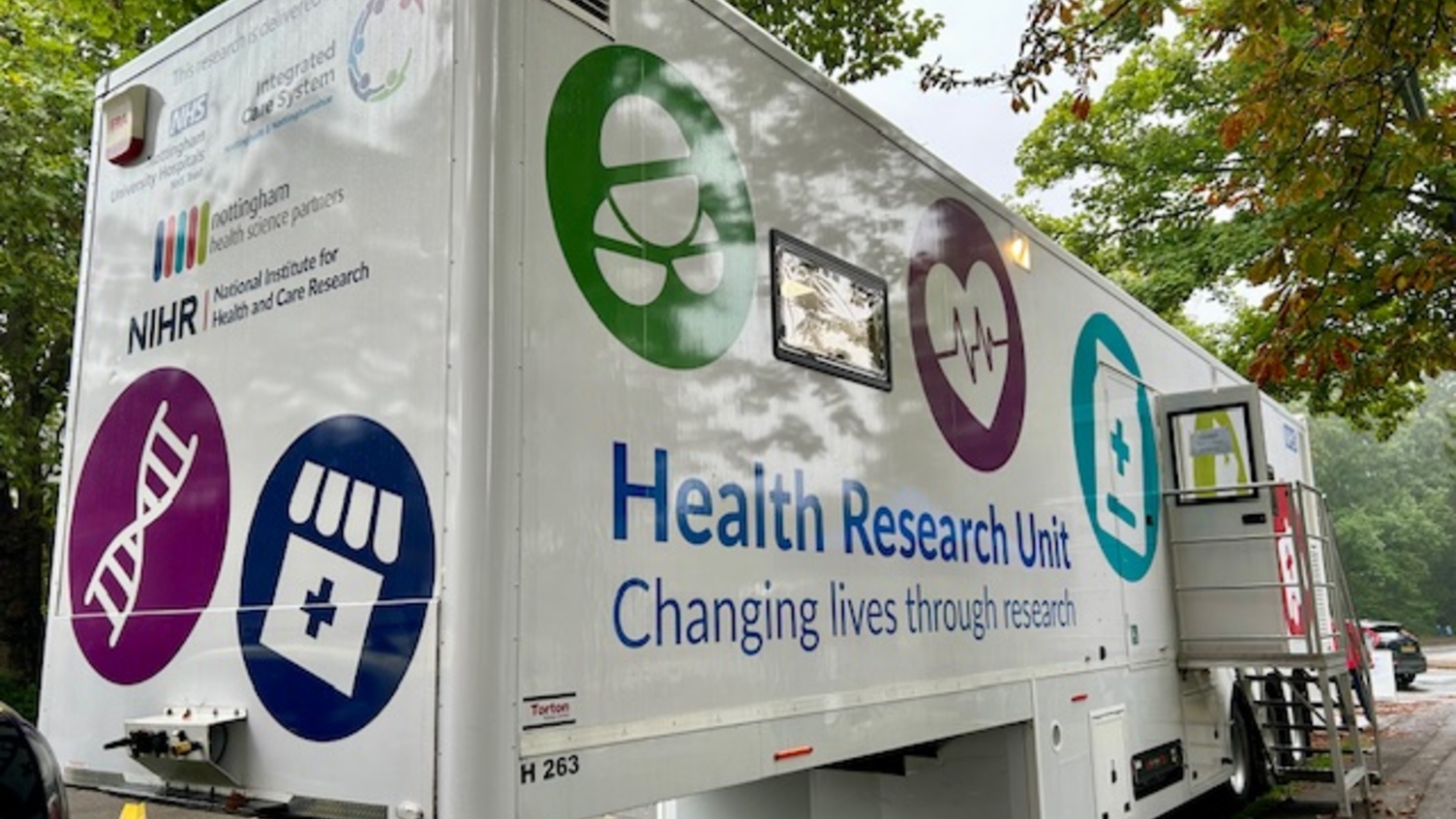A week in the life of a Direct Delivery Team member
- 13 September 2024
- 4 min read
Have you ever wondered what our Direct Delivery Team does? We sat down with one of our Clinical Research Practitioners (CRPs), Naima, to get an insight into what a typical working week looks like for them.
"It's exciting because I work with different study teams"
WE ReACH (West of England Research Facilitation in Community and Healthcare Settings) is the name of our Direct Delivery Team at the CRN West of England.
The primary focus of the team is to support the delivery of health and care research in out of hospital settings. Specifically, those sites or settings who may be very new to research or studies which may not have the resources to otherwise go ahead. These include GP practices based in areas of high deprivation, care homes, hospices, local authorities and schools.
Our skilled team of research nurses and CRPs assist with a range of study activities including screening and eligibility checks, receiving informed consent, collecting and processing biological samples, administering questionnaires and neurological assessments or simply providing advice and guidance.
Naima told us: "I work on different studies across the week and depending on rotas, each week can look slightly different. I have regular check-ins with my line manager to discuss capacity and how I'm finding the studies I'm working on. I really enjoy my role because it's a good challenge learning about different studies. It's exciting because I work with different study teams mostly on site and sometimes I could be working on a study from home. It's lovely to come back together as a Direct Delivery Team and hear what everyone is working on and to support each other."
Monday
"I have recently started working on a study called Athena which is looking at shingles. After contracting shingles, some people experience nerve pain for which the University of Bristol (UoB) has a drug called amitriptyline that they think could be effective in stopping this pain.
"Once a potential participant is deemed eligible, either UoB's research nurse or I will send them a Participant Information Sheet (PIS). Once they have read the PIS, I will give them a call to answer any questions they have and fill in any gaps in their knowledge. Once they have fully understood and verbally agreed to take part in the study, I send them a consent form whilst staying on the phone to talk through any concerns. I let them know that we will call them in 7 and 21 days to check up on how they're getting on. I will move to the next patient on the list."
Tuesday
"Usually on Tuesdays and some Fridays I work on The AvonCAP Study. I get the bus and arrive at the GP surgery at 9am. I work with the administrators who will have populated a list of people who recently experienced lower tract respiratory infections.
"There are about 8 of us working together in the research room including administrators and UoB practitioners. Each day begins with screening of medical records to ensure that potential participants meet our study criteria. Once eligible candidates are identified, I phone them to let them know they have been invited to take part in a study. If they are available, I explain the purpose of the study and guide them through questions about their symptoms and demographic information.
"Beyond screening and outreach, my responsibilities also extend to coordinating appointments, which we call research visits. Whether it's arranging research visits at the GP practice or facilitating home visits by university staff, ensuring that participants receive the necessary assessments is crucial to the success of our study."
Wednesday and Thursday
"On Wednesdays and Thursdays I work for Avon Longitudinal Study of Parents and Children (ALSPAC), otherwise known as Children of the 90s. For this study, there is a rota for start times so sometimes I start at 7.45am and see the first participant, other days I start at 10am. When I get in, I check the system which tells me how many research visits I have that day. I conduct research visits for both the children of the 90s (G1 participants born between 1991 -1992) and their parents (G0 participants). The G0 participants research visits last about an hour and 15 mins and the G1 participant research visits last 3 hours.
"When the G1 participant comes in, I go through the consent form to make sure that they understand what they'll be doing. Then I take some basic measurements such as weight, height, circumference of the hip, head, arm and waist. Next I do a bone density scan (DEXA scan) which uses low dose X-rays to see how dense (or strong) their bones are. The scan takes about 8 minutes and I just make sure that everything is working. I record their score and let them know that if the score suggests they might be at risk of osteoporosis they will receive feedback in a couple of weeks.
"Next, I measure blood pressure, do a liver scan, and take their bloods. We look at their sugar levels, the haemoglobin levels and their lipids. Then they get a break. After that we do a 45 minute cardiopulmonary exercise test on a stationary bike with escalating difficulty, monitoring various physiological parameters. Following this, participants undergo lung function tests and a physical capability assessment before I take them back to reception to complete a questionnaire to end their visit.
"I enjoy the variety of work on this study and getting to know the participants in our time together."
Friday
On Fridays when I am not working on AvonCAP, I use it to catch up on any admin tasks, complete training, update trackers and work on my research competency framework.
Interested in finding out more about a career in research? Find out more about Your Path in Research.


